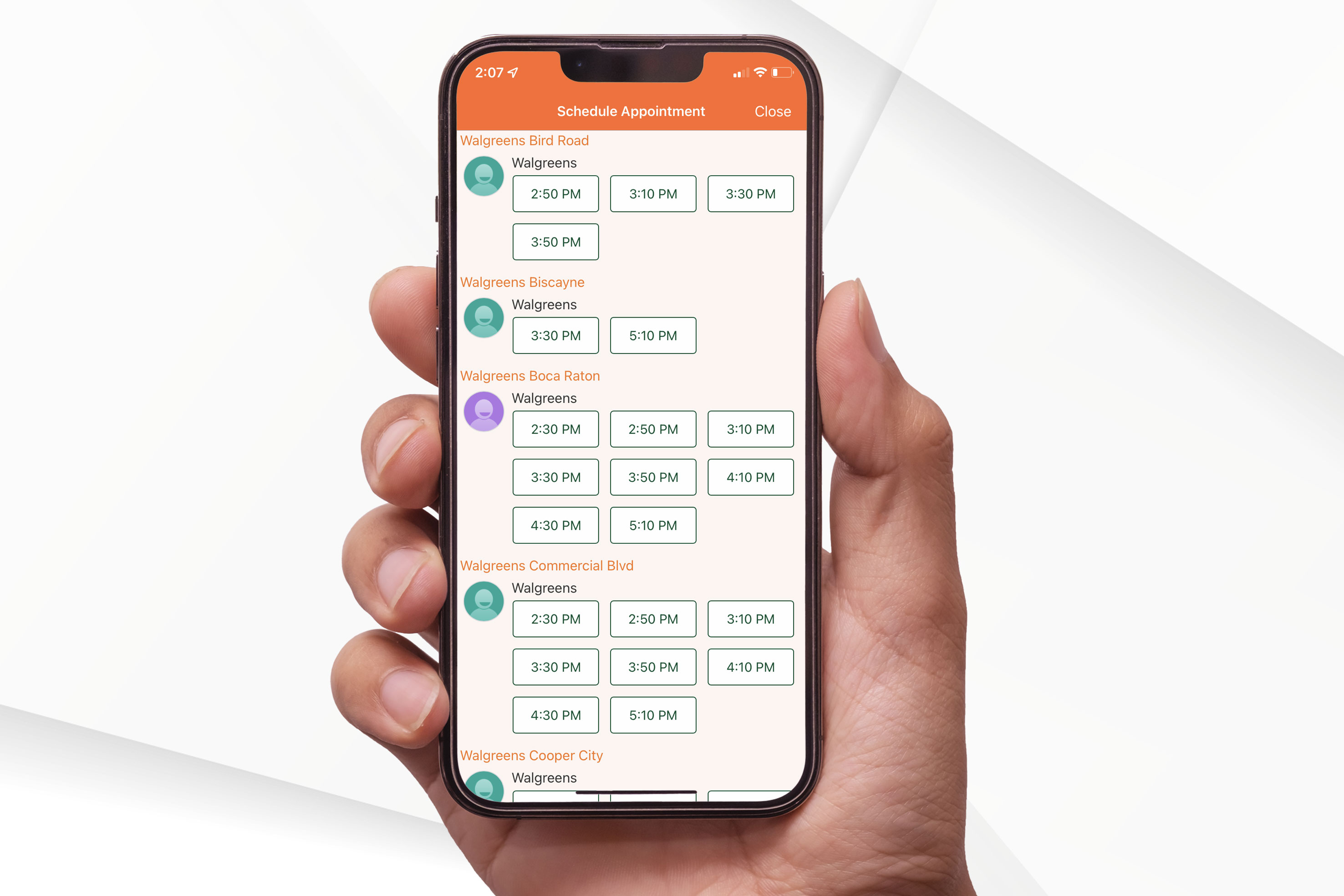Frequently Asked Questions
New MyUHealthChart security features will help you keep your important health information secure. Thanks to the latest encryption technology and several optional security features, you will be better able to protect your important health information.
When using your MyUHealthChart app, a secondary login allows you to use a passcode or biometric login (fingerprint or facial recognition) instead of your MyUHealthChart username and password. Secondary methods, such as fingerprint authentication, facial recognition and passcode or PIN, can make logging in quicker and easier.
How it works:
- Download the most up-to-date version of the UHealth app.
- Login to MyUHealthChart
- Go to Account Settings to turn on/off secondary login features.
- Entered the wrong PIN or biometric?
If you enter the wrong PIN or try to log in with a different fingerprint or face scan, secondary login will be disabled for the entire device. After 5 failed login attempts, you must enter your full MyUHealthChart password to log in.
- Log in to MyUHealthChart.
- You may be prompted to set up Face ID, Touch ID or Passcode upon logging in. Tap 'Set Up Now.'
- If you are not prompted, you can navigate to your account settings by tapping the circle icon with the first letter of your first name on it. Tap 'Account Settings.'
- Once in account settings tap the toggle to enable Face ID, Touch ID or Passcode.
- Delete the list of devices registered in the MyChart app from the menu under “Account Setting” and then “Remove All Devices”.
- Once removed, you will now be able to log into the UHealth app using Face ID.
Parents or legal guardians are provided proxy access to a minor’s MyUHealthChart to securely communicate on behalf of a patient who is under the age of 18. This access allows the parent or guardian to securely communicate with the patient's physician's office on behalf of the minor and/or teen under their care.
To access your child’s adult family member medical information through MyUHealthChart, parents or legal guardians will complete the MyUHealthChart Proxy process. Information will be provided to the parent or legal guardian’s email address that is on file within MyUHealthChart. If you do not receive instructions via email, please contact your medical provider’s office.
If you are the legal guardian or if you have a durable power of attorney for healthcare regarding the patient, then a request for proxy access MUST be accompanied by a copy of legal paperwork verifying your authority to have access to the patient’s medical information (for example: a court order appointing you the guardian, durable power of attorney for health care, etc.).
To view additional frequently asked questions, please visit MyUHealthChart FAQs.




